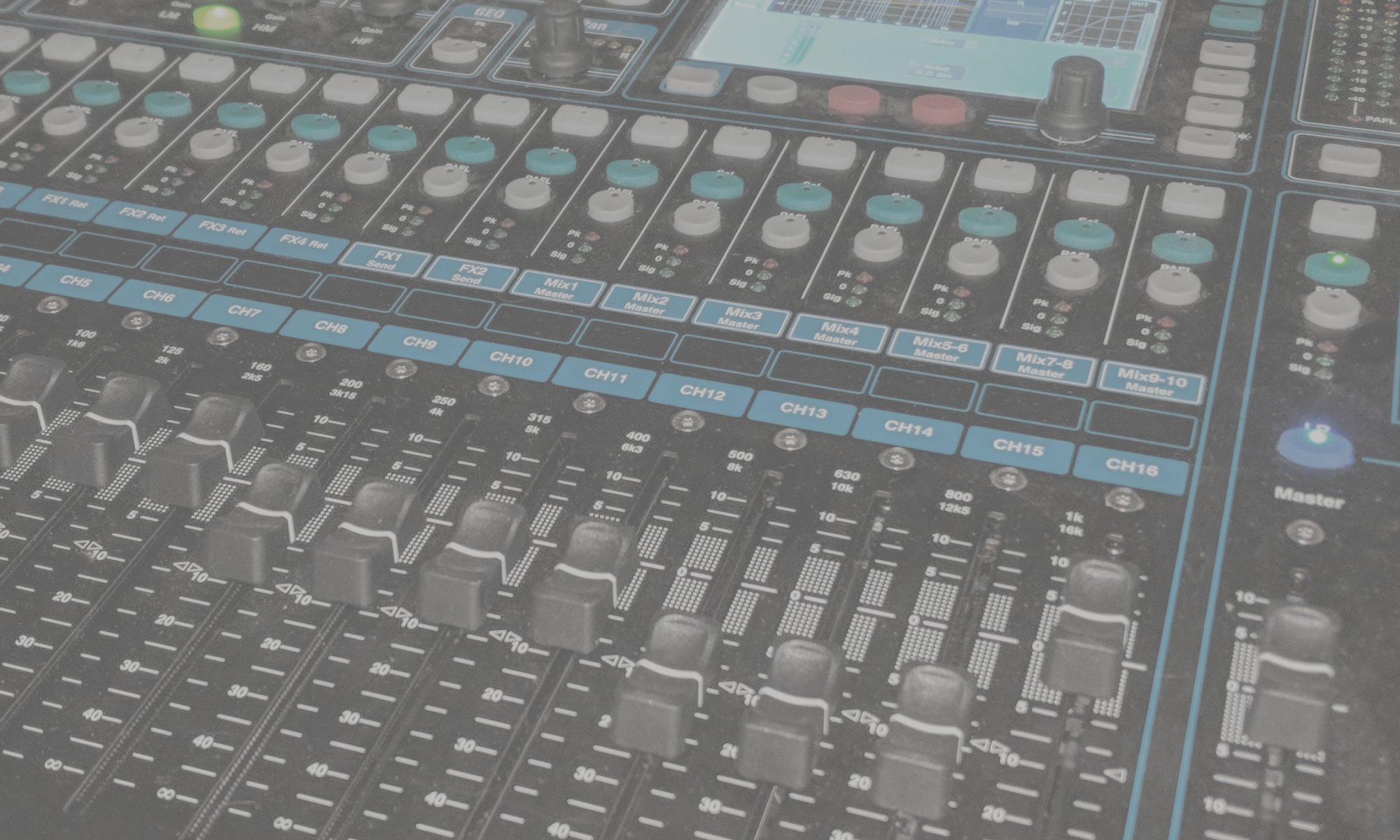Sometimes as engineers we get so wrapped up in displaying the depth of our skills that we forget exactly what is most fundamental and important. Have you ever heard an engineer fumbling with effects while the mix sounds tragic? Don’t kid yourself – 95 percent or more of the audience has no idea and really does not care whether you used a macro-pristine-ultra-chamber or a $20,000 tube comp on each of the 12 vocals.
Dave Rat, Founder of Rat Sound Systems
What they do care about: Can they hear the vocals? Can they also hear the vocals? Can they hear everything else? Does it capture their attention, take them to a state of bliss, happiness, rage, or whatever direction that particular music is supposed to take them, so they can stop worrying about whether they can hear the vocals?
Introduction
When it comes to building a mix, be it live or in the studio, most people who call themselves engineers are woefully inadequate to the task. They’ll spend 30 minutes creating that “perfect” kick drum sound, while ignoring the frantically waving guitarist whose microphone still doesn’t work. They’ll work on the perfect combination of delay and reverb for the background vocals, only to drown out the content of what they’re singing in said reverb. The “Art of the Mix” seems to have become a bit of a lost art.
This document is a very brief overview of some mix basics talking about how I approach building a mix. It is by no means comprehensive, and there is plenty of disagreement over what is the “best practice” in mixing. I’m hoping to provide a starting point, and highlight general techniques so that you can explore on your own the best ways to do things.

